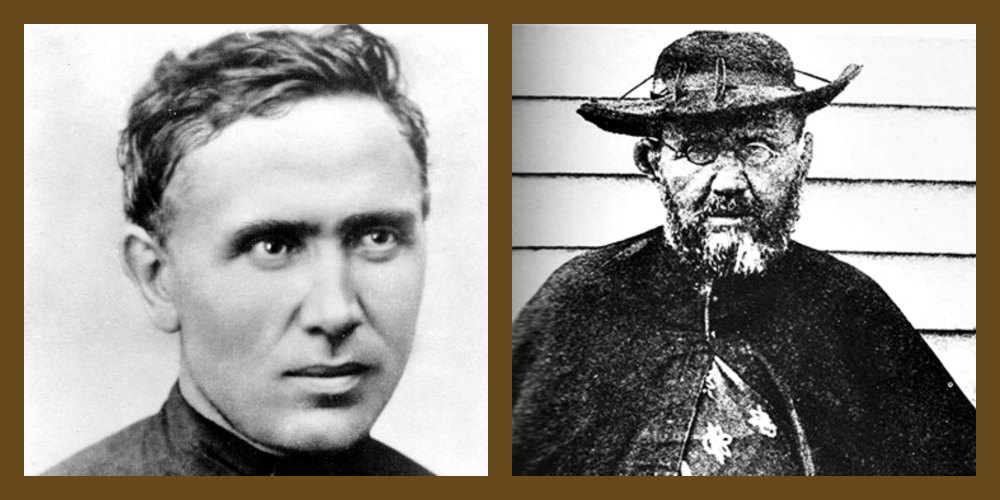Molokai History:
(from “The Separating Sickness: Ma’i Ho’oka’awale: Interviews with Exiled Leprosy Patients at Kalaupapa, Hawaii” by Ted Gugelyk and Milton Bloombaum, Ma’i Ho’oka’awale Foundation, Honolulu, HI, 1979)
(continued from yesterday)
Male
Part-Hawaiian
Partly Disfigured
48 years of age
37 years in Kalaupapa
Leadership
My Early Life
After the examination (for leprosy) my mother was told to take me back home, but we were ordered to return to the clinic in one week. The plan was to officially order my confinement in the following week. I was to be taken to Kalihi Receiving Station. The one week at home, after the examination, was to help my family and I become accustomed to the idea that I had leprosy and that I was to be put away. I can still recall reaching home, after the examination. I was changing into my play clothes. I heard my mother crying and explaining to a neighbor I had the separating sickness, that I would be put into Kalihi. Then for the first time I began to wonder what kind of a place they were sending me to, since my mother was so upset about me going there. So, I became worried too. What were they going to do to me? Although I was only a six-year old child, I knew they would separate me from my family. But I didn’t know it was to be a permanent separation, and neither did my mother. She was told the standard thing, told to the families of all newly diagnosed patients. That is, I would be released in two or three months and returned home. We were told the two or three months’ separation was to be an observation period.
Blessings, pono and much pule!
Fr. Brian, ss.cc.
Priest
Topside Molokai Hawaii
